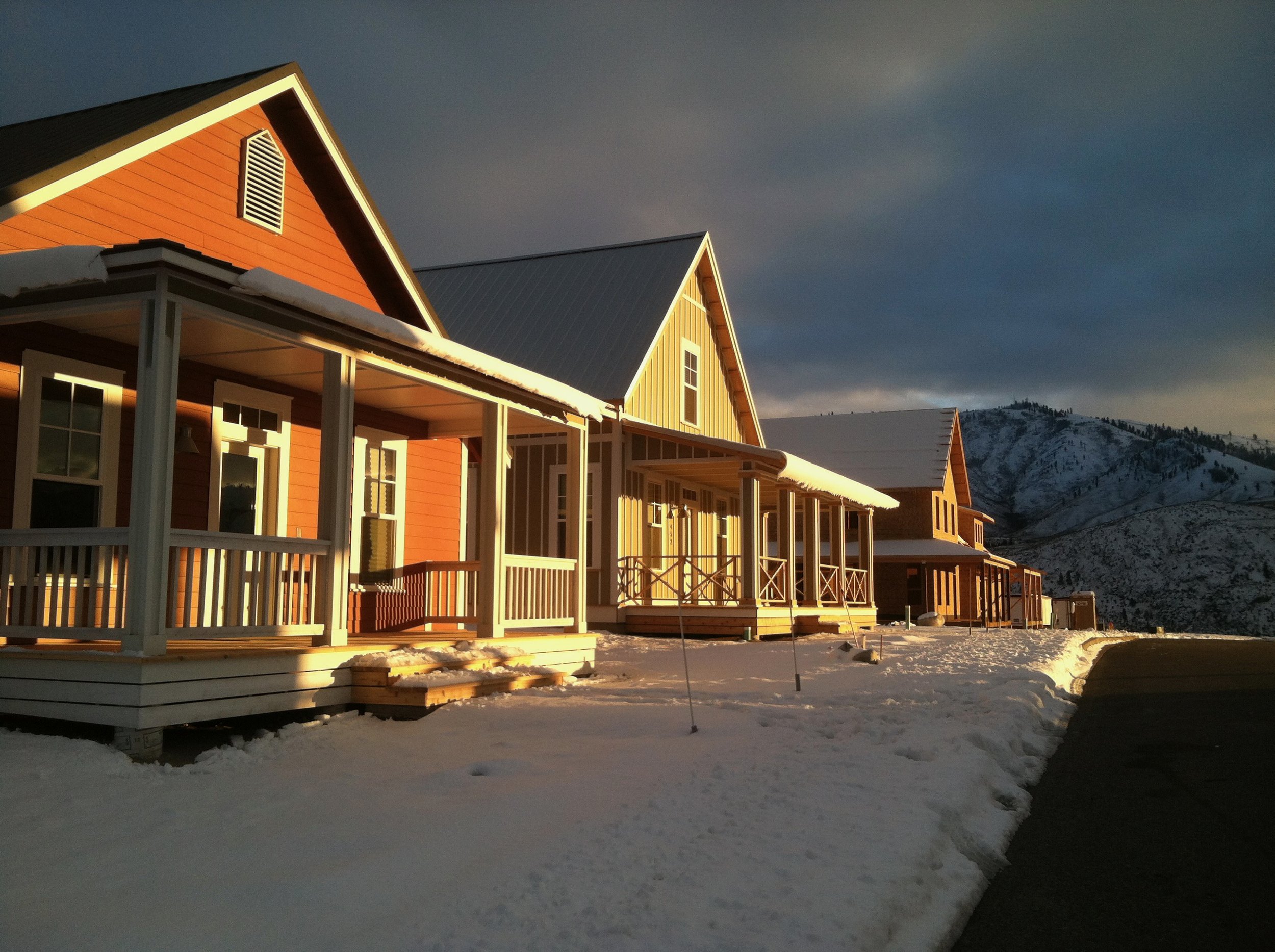Lake Chelan Wine Tasting 101
The Basics of Sampling Wine Around the Valley
Are you new to wine and Lake Chelan’s wine tasting scene? Join the crowd. Here is a quick overview to get you headed out for a great time. My rules for the road: pay attention, note what you like, and then learn how to ask for it again.
The Basics:
Before we talk tastings, let’s cover logistics:
Do wineries charge tasting fees? Yes, as a rule. $5 to $10 per person. Most waive the fee if you buy a bottle.
How many wineries should I visit in an afternoon? I say four tops. Your mouth will get tired (to say nothing of your intoxicated brain) if you push it.
Is it true that some people spit? Yes, it may seem sacrilegious, but if you want to consistently follow Rule #1 (pay attention), ask for the spit bucket.
And finally, with so many wineries, where can I find a map? Here is an online version. The Chamber of Commerce gives out snazzy hard copies – worth tracking down.
The Tasting Itself:
Wine appreciation is a tag team event between your nose and tongue.
First, starting with the nose, swirl the wine in the glass. You are oxidizing the wine and releasing its bouquet. Close your eyes, draw your nose into the glass and take in a deep breath.
What do you smell? Learning how to put words to these aromas takes time. Check out The Wine Aroma Wheel as a good learning aid.
Second, taste the wine. Swirl it around in your mouth. Close your eyes so you can pay better attention. Here are some distinctions to keep in mind as you taste:
Is the wine dry? (not sweet) or off-dry (semi-sweet)? Which do you prefer?
How does the wine feel in my mouth? Big and chewy? Thin and smooth? A bit chalky? Which do you prefer?
The tasting bar staff should be able to guide you through what you are experiencing. There are no dumb questions.
And lastly, after you have swallowed (or spit), what sensation does the wine leave in your mouth? How long can you feel the wine’s presence? Some wines with long finishes will linger up to a minute!
Reading the Label
Finally, a wine's label can offer some key basics about its composition.
Varietal Names – Pinot Noir, Riesling, Syrah, Viognier, Malbec – these are all timeless grape names. As you review the tasting room menu, know that a wine must contain at least 75% of the grape it is named after.
American Viticulture Area (AVA)– An AVA is a geographic area set by the federal government that defines a unique grape-growing region. The Lake Chelan AVA was created in 2009. If you see “Lake Chelan” on the front of a wine label, then 85% of the grapes in that wine were grown here in the valley.
Estate Wines – The most restrictive designation on the wine label is the phrase “Estate Bottled”. This means 95% of the grapes in the bottle were grown by the winery (and that the wine was made on-site at the winery).
Starting the Journey
By paying attention and learning to describe your favorite wine types, a journey is begun. You are taking the first steps down a path savored by countless for centuries.











